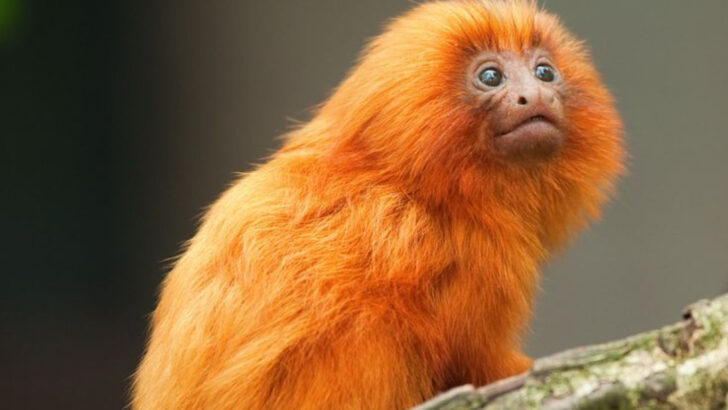Some animals were thought to be gone forever—until they weren’t.
Extinction seemed like the final chapter for many species, but against all odds, some of these animals have made a jaw-dropping return. Through sheer resilience and dedicated conservation efforts, life has found a way back, proving that nature’s power to bounce back is nothing short of miraculous.
These remarkable comebacks show us that hope isn’t lost, and with the right action, even the most endangered creatures can thrive again.
In this post, we’ll explore 21 incredible animal stories of revival—each one a testament to the strength of life and the determination to protect what matters most. Prepare to be amazed!
Lord Howe Island Stick Insect
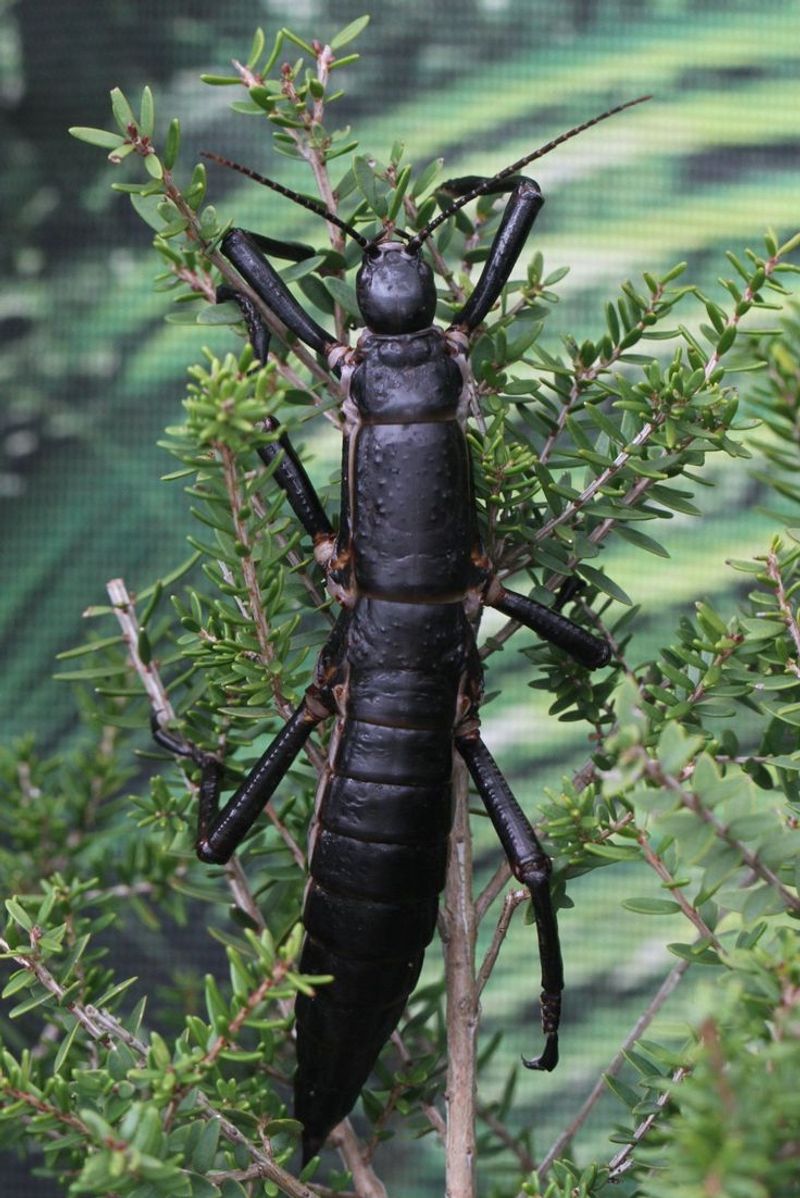
The Lord Howe Island stick insect, once believed extinct, was rediscovered in 2001 on Ball’s Pyramid, a rocky outcrop. Conservationists were ecstatic at finding a small population of these large insects, also known as “tree lobsters.”
Breeding programs have since been successful, leading to the reintroduction of these fascinating creatures to their native habitat.
Efforts have focused on eradicating invasive species and restoring their natural environment. The story of the stick insect highlights the importance of targeted conservation efforts and how collaborative initiatives can bring species back from the brink of extinction.
Caspian Horse
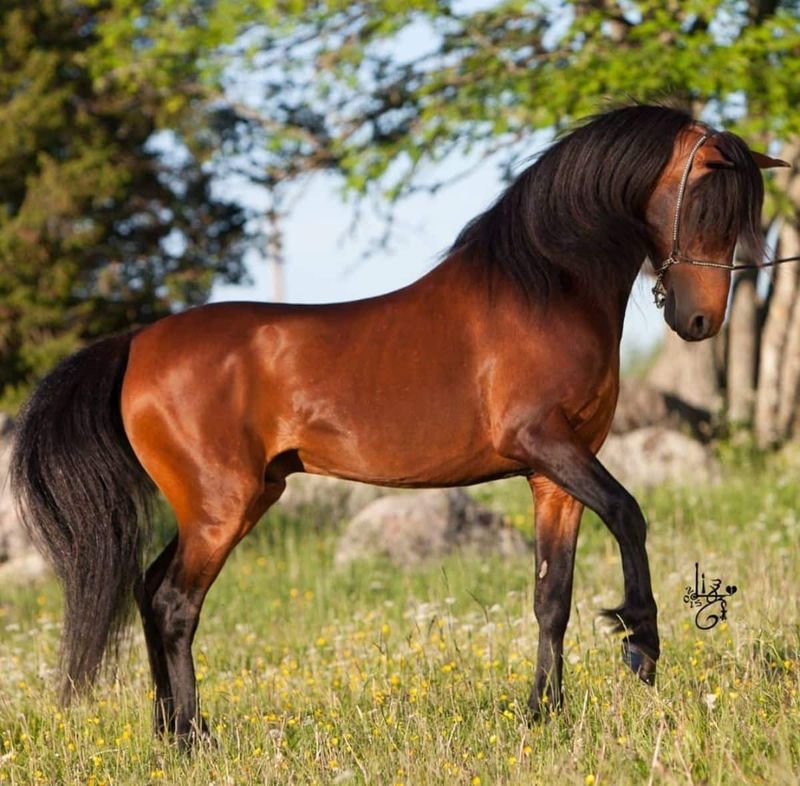
The Caspian horse, a small and ancient breed, was thought to be extinct until its rediscovery in Iran in 1965. Known for its beauty and endurance, this horse has since been carefully bred to preserve its unique characteristics.
Conservationists have worked to increase their numbers and promote awareness of this rare breed. Today, Caspian horses are cherished for their gentle nature and historical significance.
They demonstrate a successful comeback due to strategic conservation breeding and international cooperation, ensuring this breed continues to thrive in modern times.
Père David’s Deer
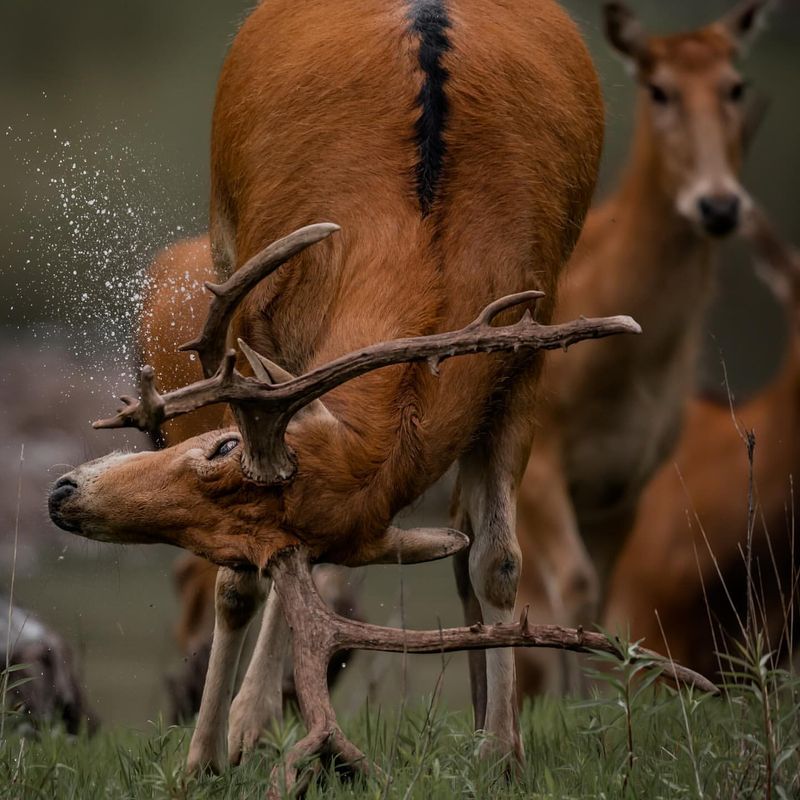
Père David’s deer, also known as the milu, disappeared from the wild by the early 20th century. Thanks to a breeding program initiated by European zoos, these deer have been reintroduced to their native China.
Once on the brink of extinction, their wild populations are now growing in protected areas. This comeback is a testament to international collaboration and the dedication of conservationists who work tirelessly to protect vulnerable species and their habitats.
Today, the milu is a symbol of hope and resilience in the conservation community.
Bermuda Petrel
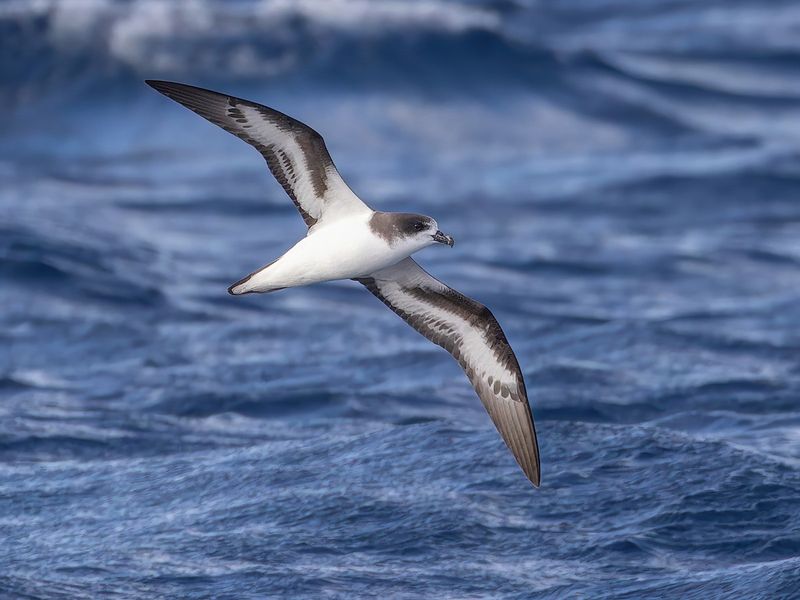
The Bermuda petrel, or cahow, was believed extinct for over 300 years until its rediscovery in 1951. Conservationists have since worked to protect its nesting sites from invasive species and environmental threats.
Through habitat restoration and careful management, the cahow population has steadily increased. These efforts highlight the importance of persevering in the face of challenges and the significant impact dedicated conservationists can have.
The story of the Bermuda petrel inspires hope and demonstrates the potential for species to rebound with human support.
Przewalski’s Horse
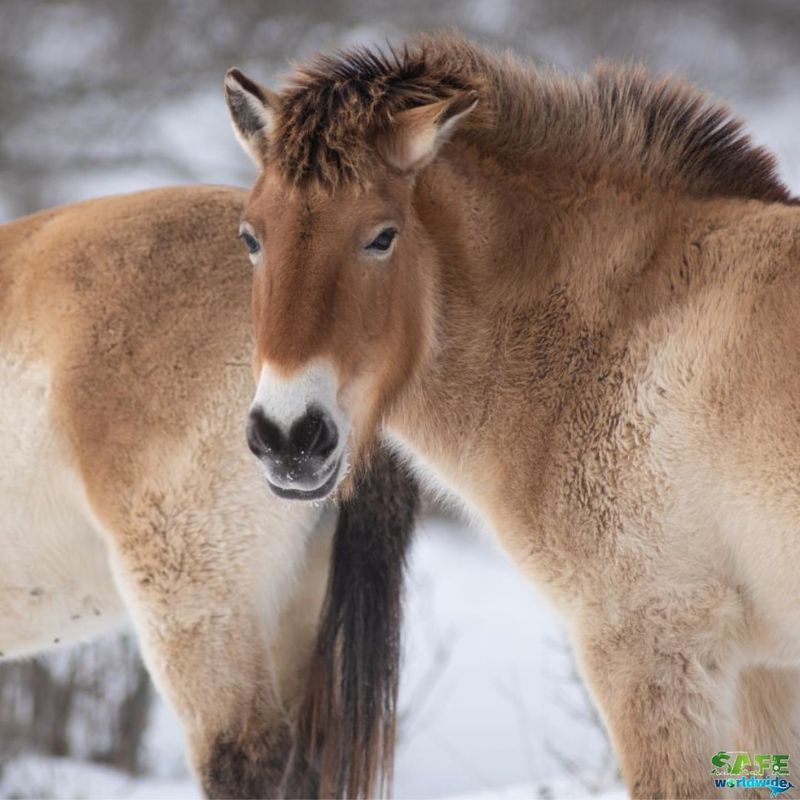
Przewalski’s horse, the only truly wild horse species, went extinct in the wild during the 1960s. Through dedicated breeding programs, this species has been reintroduced to its native habitats in Mongolia.
Today, Przewalski’s horses roam the steppes once more, thanks to international collaboration and tireless conservation efforts. Their survival underscores the importance of genetic diversity and the role of zoos and sanctuaries in wildlife conservation.
This remarkable revival demonstrates how targeted conservation strategies can successfully reestablish species in their natural environments.
Puerto Rican Parrot
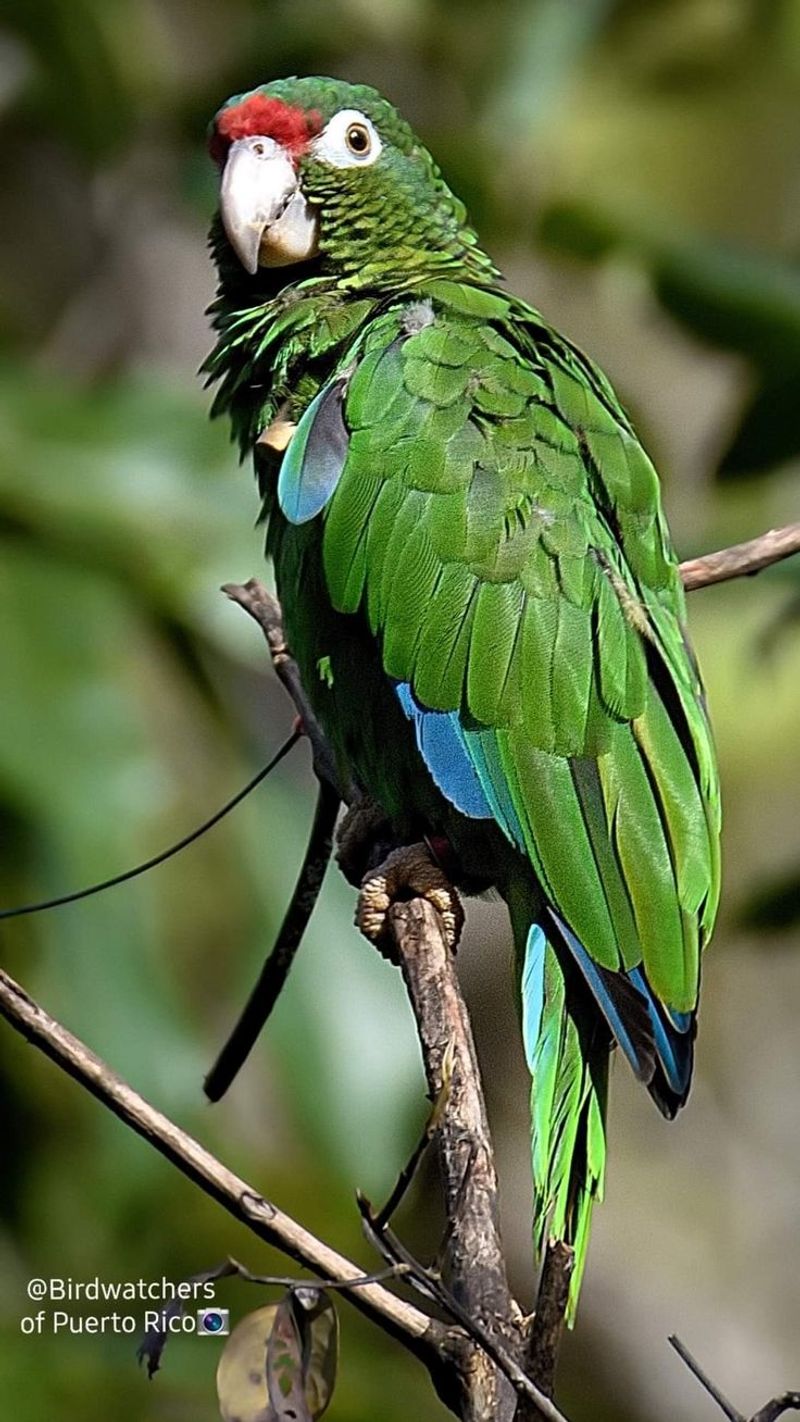
The Puerto Rican parrot, one of the world’s most endangered birds, has made a remarkable comeback from the brink of extinction. Once numbering just a few dozen in the wild, dedicated conservation efforts have increased their population.
Through breeding programs and habitat protection, these vibrant parrots are now thriving in protected areas. This success story highlights the importance of perseverance and community involvement in conservation.
The Puerto Rican parrot’s revival is a testament to the power of collaboration and the potential to save species through targeted efforts and dedication.
Arabian Oryx
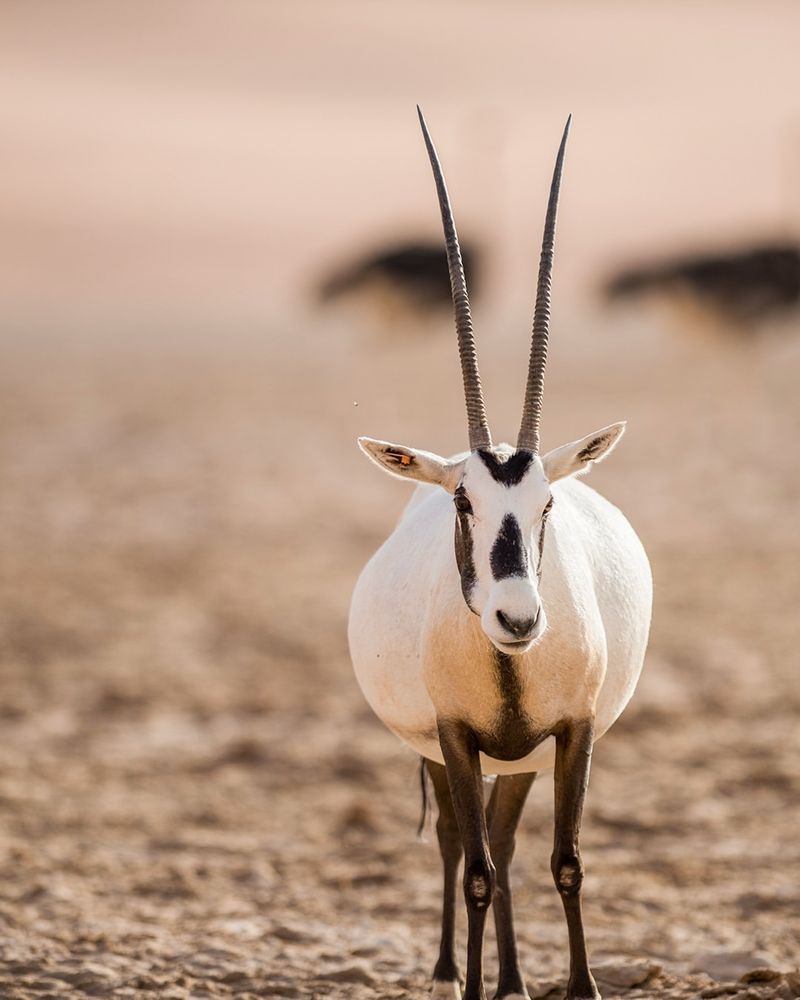
The Arabian oryx was declared extinct in the wild by the 1970s, but thanks to captive breeding and reintroduction efforts, this beautiful species now thrives in its natural habitat. Conservation programs in Oman and Saudi Arabia have been instrumental in this success.
These efforts demonstrate the power of international collaboration in wildlife conservation. The story of the Arabian oryx showcases how strategic planning and commitment can restore species and ecosystems.
Today, the oryx symbolizes hope for other species facing similar threats, inspiring continued conservation action worldwide.
Guam Rail
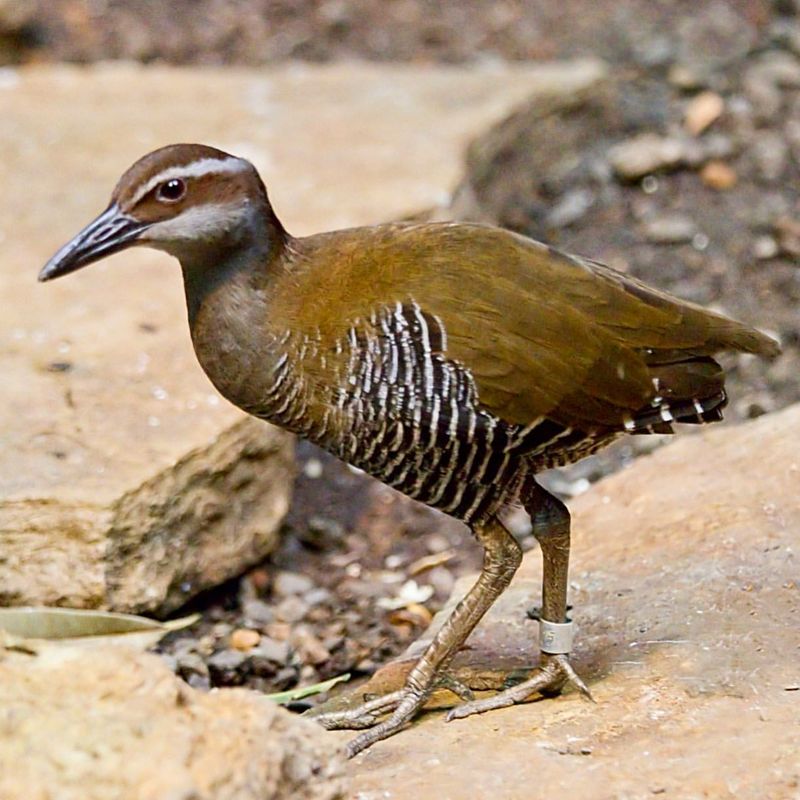
The Guam rail, a flightless bird native to Guam, was declared extinct in the wild in the late 1980s. Through captive breeding and reintroduction initiatives, the rail has been successfully reestablished in the wild on neighboring islands.
Conservation efforts have focused on controlling invasive species to protect the rail’s habitat. This comeback story highlights the importance of targeted conservation strategies and the resilience of species when given a second chance.
The Guam rail’s revival serves as a beacon of hope for other species facing extinction threats due to habitat loss and invasive predators.
Black-footed Ferret
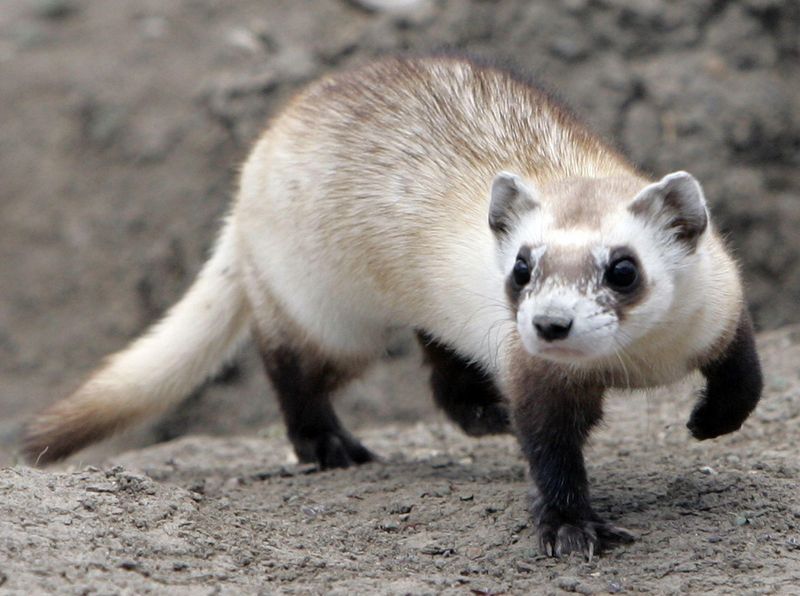
Once thought extinct, the black-footed ferret was rediscovered in Wyoming in 1981. Conservationists quickly launched breeding programs to save this species from the brink of extinction.
Through strategic reintroduction efforts, black-footed ferrets now inhabit their native prairie ecosystems once more. This success story highlights the importance of habitat restoration and collaboration between various organizations.
The black-footed ferret’s revival underscores the potential for recovering species with targeted, well-planned conservation actions, providing a model for other endangered species’ recovery efforts.
California Condor
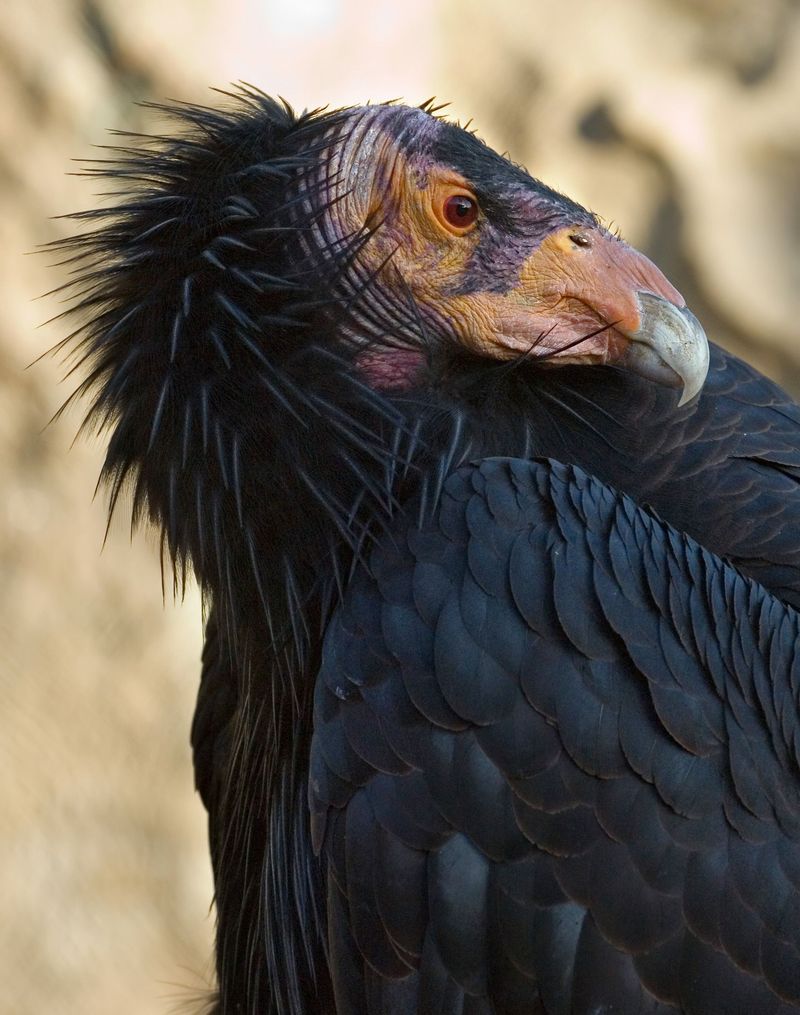
The California condor, one of North America’s largest birds, faced near extinction in the 1980s. Through captive breeding programs and extensive conservation efforts, this majestic bird has made a remarkable comeback.
Today, condors soar once more over the skies of California and Arizona, symbolizing the success of collaborative conservation efforts. The revival of the California condor highlights the importance of preserving biodiversity and the effectiveness of targeted intervention strategies.
This remarkable recovery story continues to inspire and drive conservation efforts worldwide, demonstrating the impact of persistent, coordinated action.
Tasmanian Devil
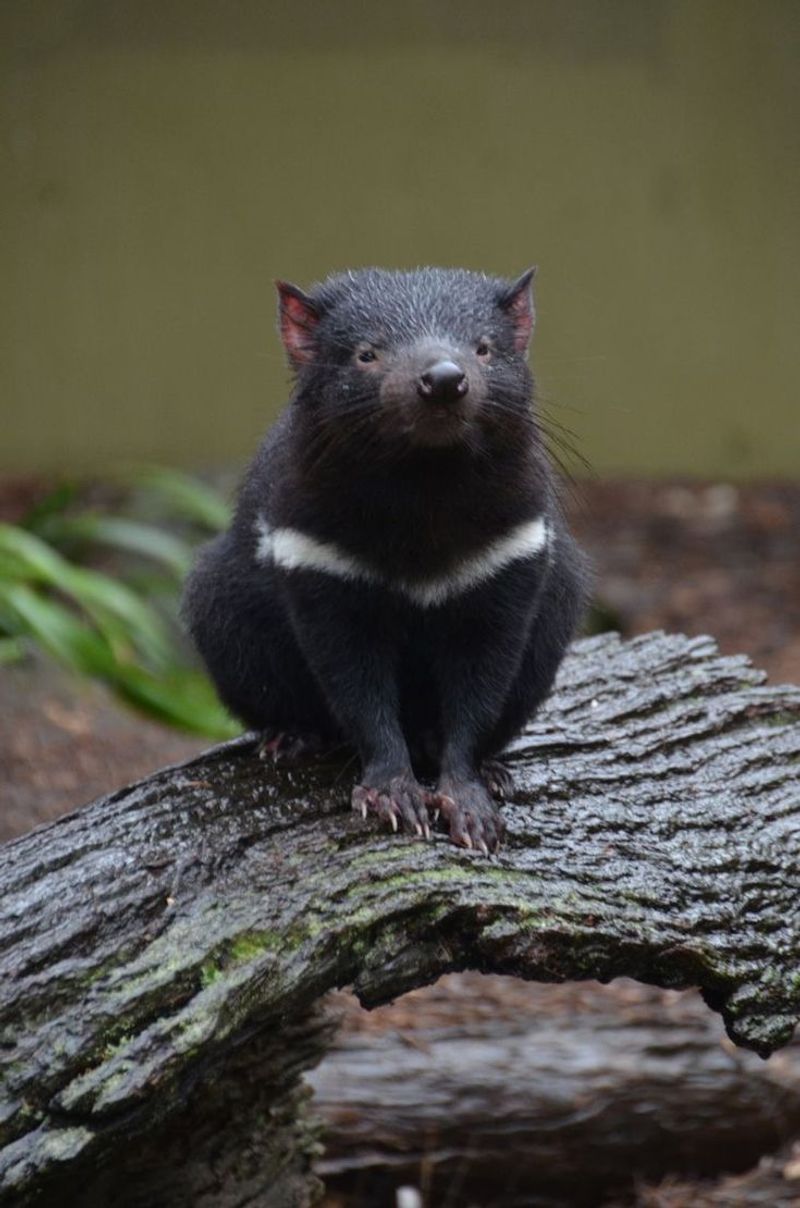
The Tasmanian devil faced severe population decline due to a contagious facial tumor disease. Conservationists have worked tirelessly to protect and increase their numbers through breeding programs and disease management.
Today, the Tasmanian devil is on the road to recovery, with efforts focused on maintaining healthy, disease-free populations. This story underscores the importance of addressing wildlife disease and the role of science in conservation.
The Tasmanian devil’s comeback inspires continued efforts to save species from extinction, emphasizing the power of proactive and innovative conservation strategies.
Northern Bald Ibis
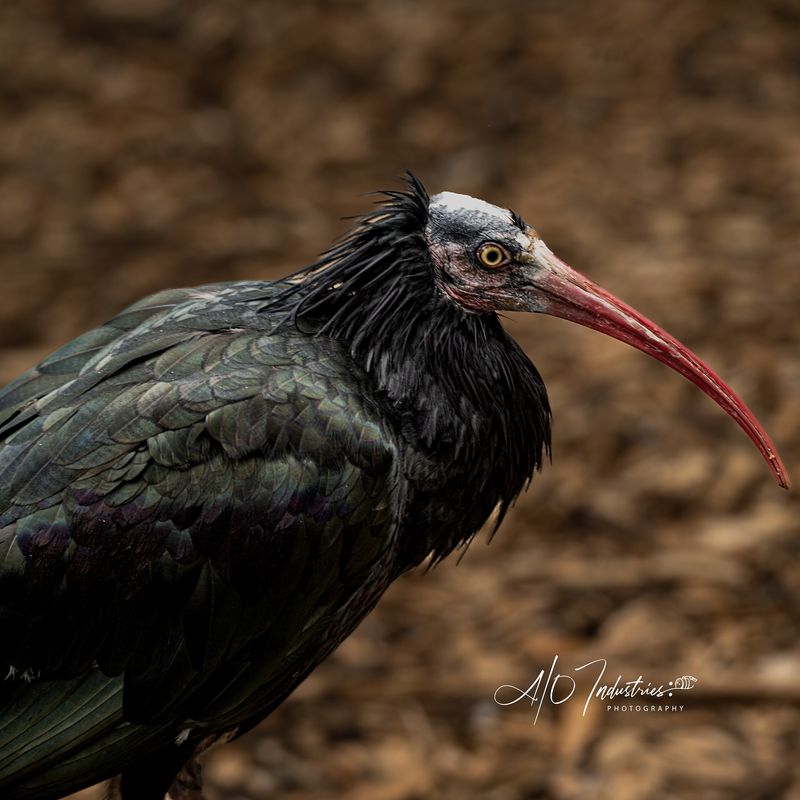
The Northern Bald Ibis, once extinct in the wild, has been reintroduced thanks to dedicated conservation efforts. This striking bird, known for its unique appearance, has been carefully bred and released back into its natural habitats in Morocco and Syria.
Conservationists have worked tirelessly to ensure the survival of this species through habitat restoration and community engagement.
The revival of the Northern Bald Ibis highlights the importance of international cooperation and innovative conservation strategies. Their successful reintroduction offers hope and guidance for the recovery of other endangered species.
Amur Leopard
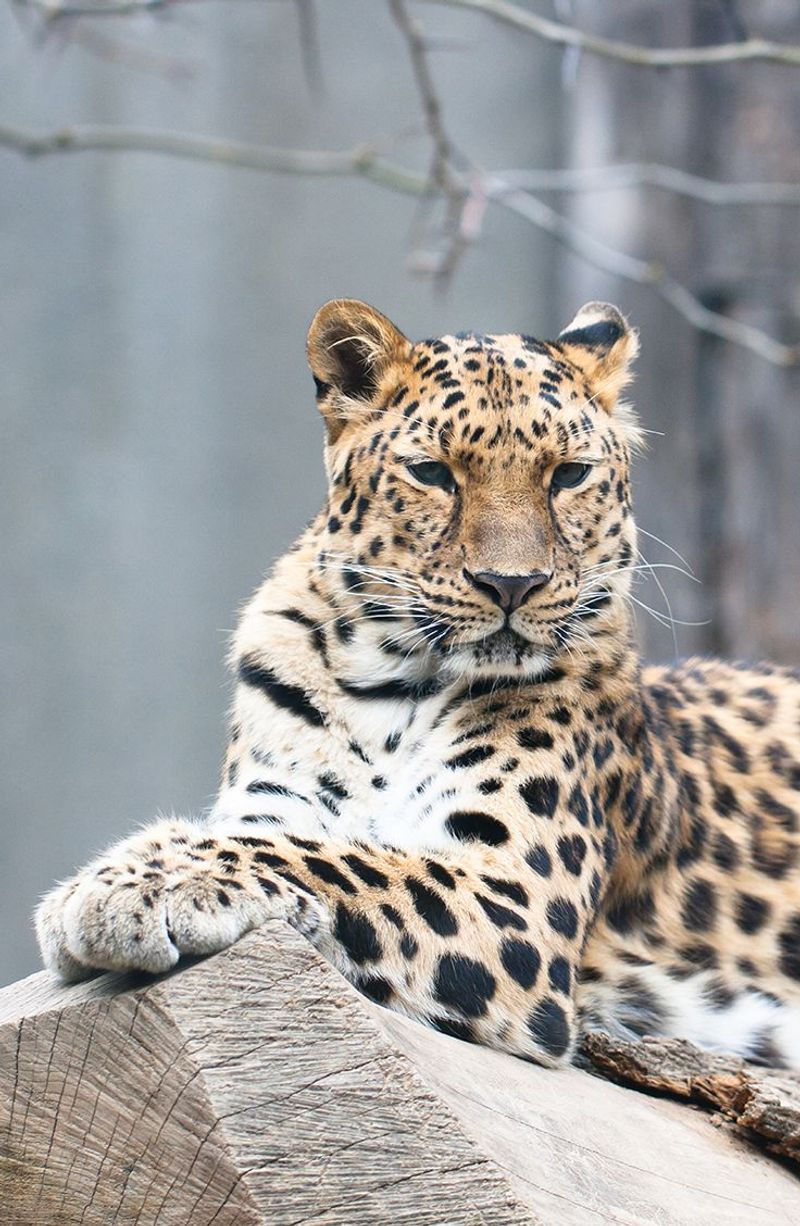
The Amur leopard, one of the world’s rarest big cats, has made a slow but steady comeback from critically low numbers. Conservationists have focused on habitat protection and anti-poaching measures to support their recovery.
Through international cooperation and dedicated efforts, the Amur leopard population is gradually increasing. This story highlights the importance of addressing threats such as habitat destruction and illegal hunting.
The survival of the Amur leopard demonstrates the potential for recovery when conservation actions are well-coordinated and sustained over time.
Golden Lion Tamarin
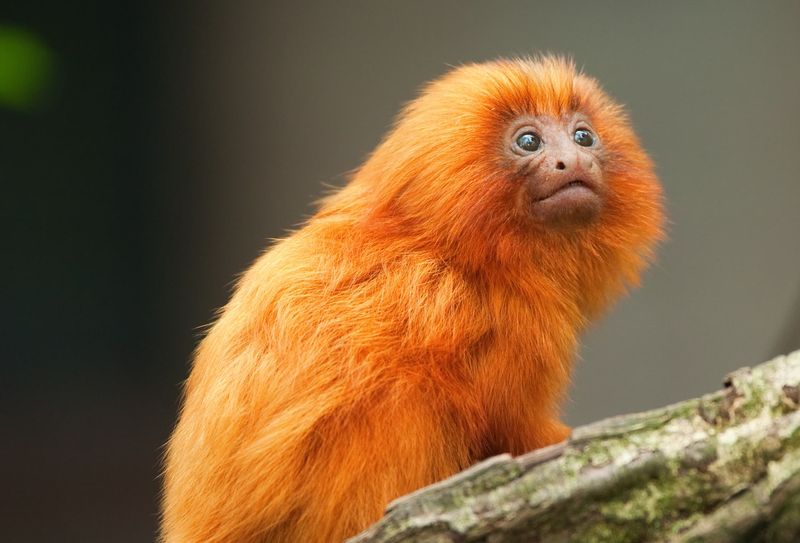
The golden lion tamarin, once on the brink of extinction, has experienced a remarkable recovery due to intense conservation efforts in its native Brazilian habitat. Breeding programs and habitat restoration projects have been crucial in increasing their population.
These stunning primates are now thriving in the wild, thanks to the dedication of conservationists and local communities.
The revival of the golden lion tamarin underscores the power of collaborative action and the importance of preserving biodiversity. Their story is a shining example of how targeted efforts can successfully bring species back from the edge of extinction.
Javan Rhino
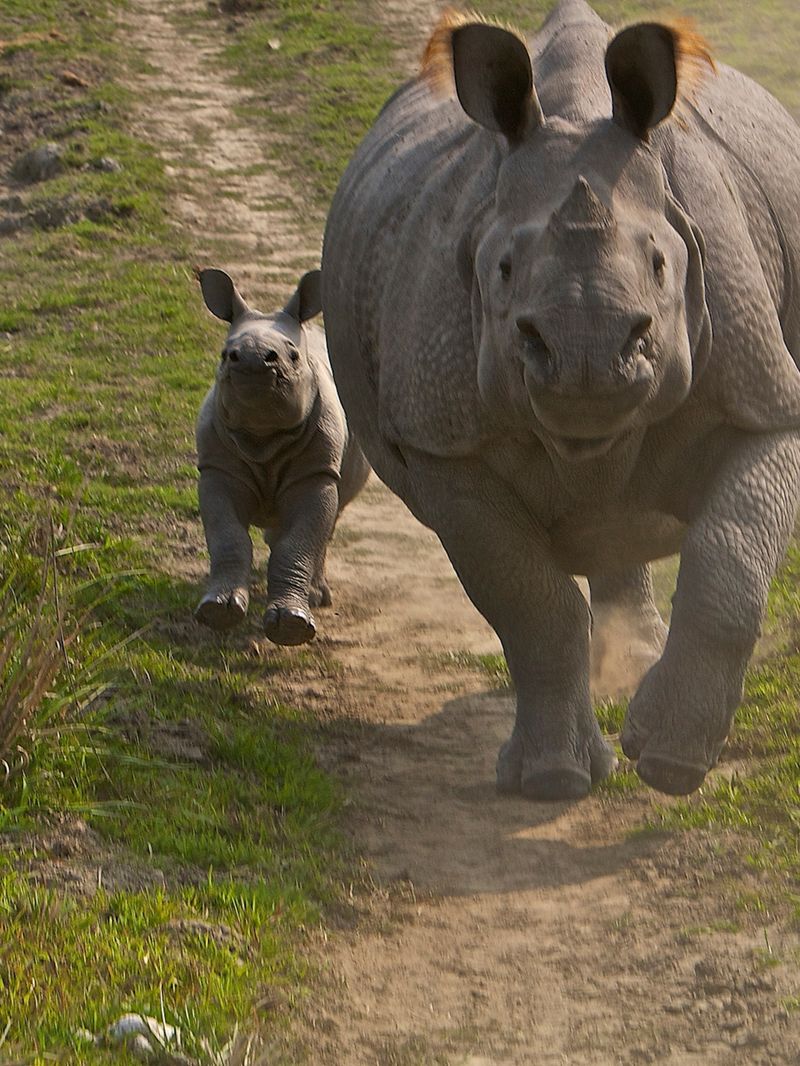
The Javan rhino, one of the rarest mammals on earth, has made a slow recovery thanks to dedicated conservation efforts in Indonesia. Strict protection of their habitat, Ujung Kulon National Park, has been vital for their survival.
Conservationists continue to monitor and manage these rhinos to ensure their population remains stable. The story of the Javan rhino highlights the importance of habitat protection and international collaboration in conserving critically endangered species.
Their continued existence serves as a reminder of the impact that careful management and sustained efforts can have on recovering vulnerable wildlife.
Echo Parakeet
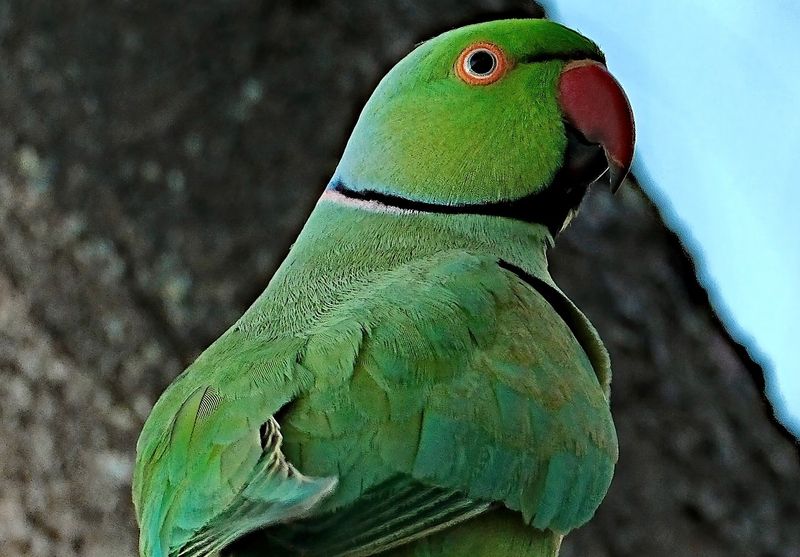
The Echo parakeet, native to Mauritius, was once considered the world’s rarest parrot. Through intensive conservation efforts, including habitat restoration and captive breeding, this vibrant bird has made a remarkable recovery.
Today, the Echo parakeet population is steadily increasing, thanks to the dedication of conservationists and local communities. This success story highlights the importance of collaborative efforts and the potential for species recovery when given focused attention.
The revival of the Echo parakeet serves as an inspiring example of how targeted conservation actions can bring species back from the brink of extinction.
Yellow-eyed Penguin
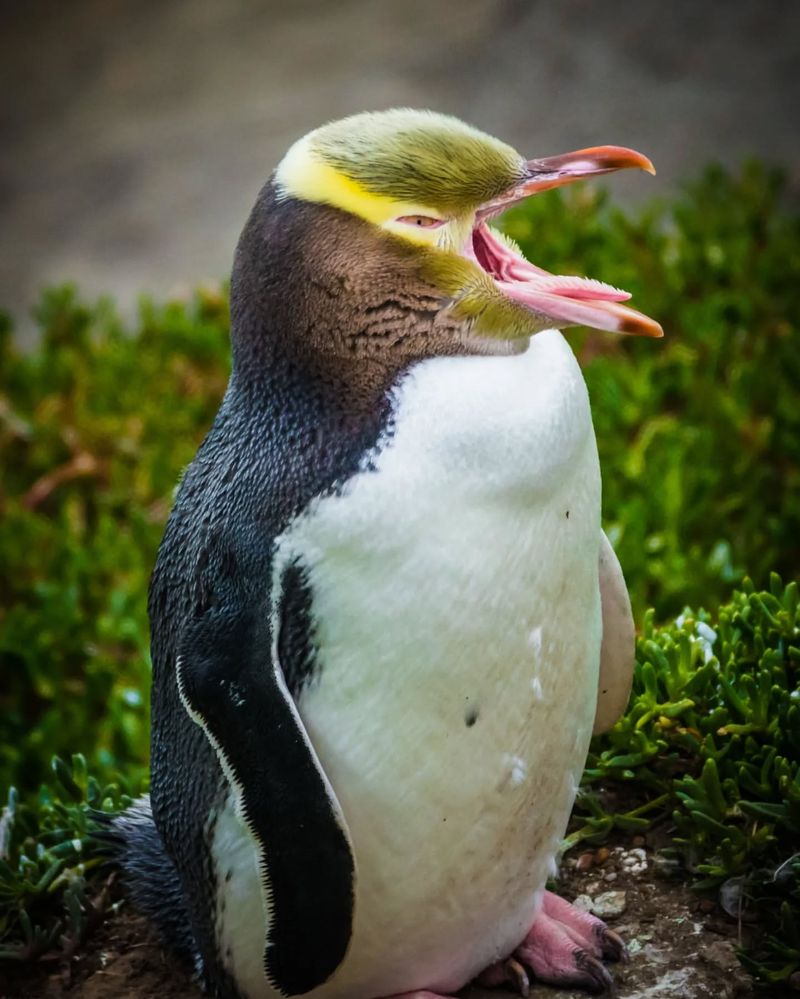
The yellow-eyed penguin, native to New Zealand, has faced numerous challenges, including habitat degradation and introduced predators. Conservation efforts have been crucial in stabilizing their population.
Through habitat protection and community engagement, these unique penguins are slowly recovering. The story of the yellow-eyed penguin highlights the importance of addressing human impact on wildlife and the role of local communities in conservation.
Their ongoing recovery demonstrates the potential for positive change when dedicated efforts are made to protect and restore natural habitats for endangered species.
Vietnamese Pond Turtle
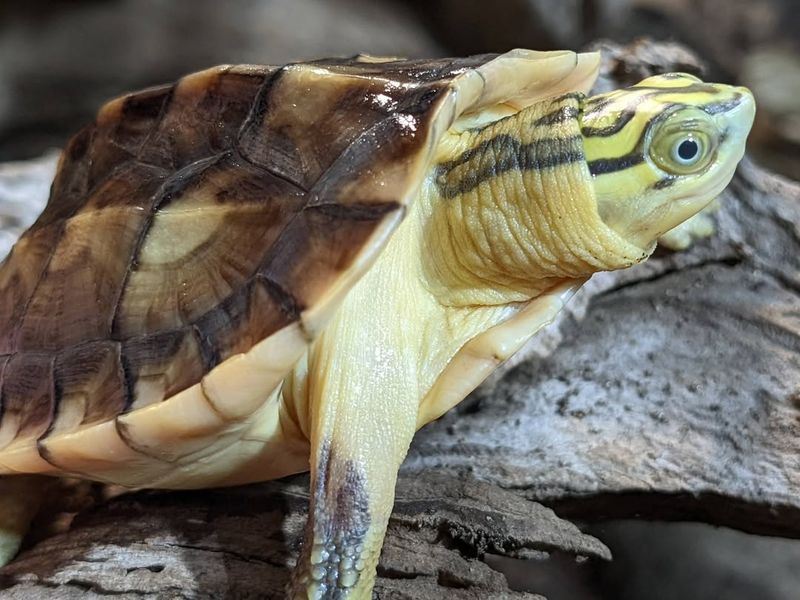
The Vietnamese pond turtle was believed extinct until rediscovered in the late 20th century. Today, conservation programs are focused on breeding and reintroducing these turtles to their native wetlands.
Efforts have been made to protect their habitat from pollution and human encroachment. The revival of the Vietnamese pond turtle showcases the importance of continued conservation initiatives and the impact of preserving natural environments.
Their comeback serves as a testament to the resilience of nature and the potential for recovery when species are given the attention and care they need to thrive.
Mountain Gorilla
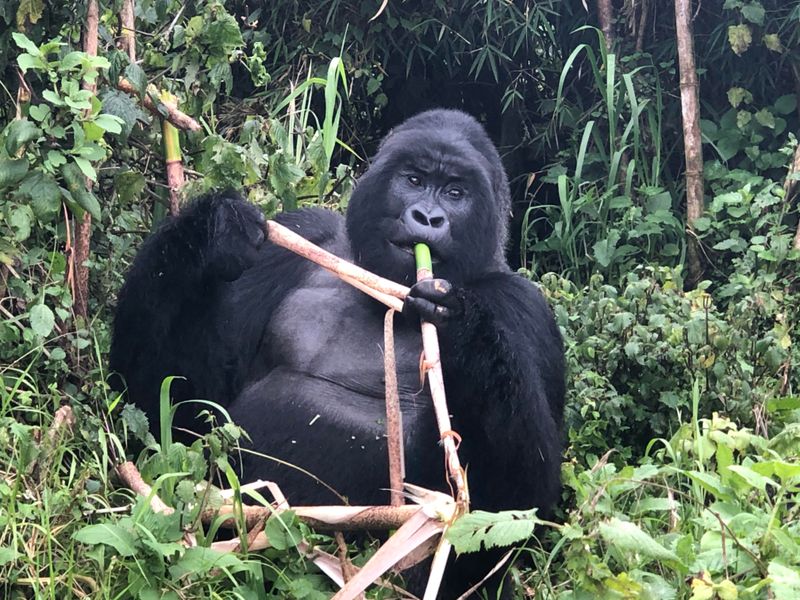
Mountain gorillas faced severe population declines due to habitat destruction and poaching. Conservation efforts, including anti-poaching patrols and community engagement, have led to their resurgence in the wild.
Today, mountain gorillas are increasing in number and are now a symbol of successful conservation. Their story highlights the importance of protecting natural habitats and fostering coexistence between humans and wildlife.
The revival of mountain gorillas demonstrates how targeted conservation strategies, combined with local community involvement, can lead to positive outcomes for endangered species, inspiring continued efforts to protect other at-risk wildlife.
Seychelles Magpie Robin
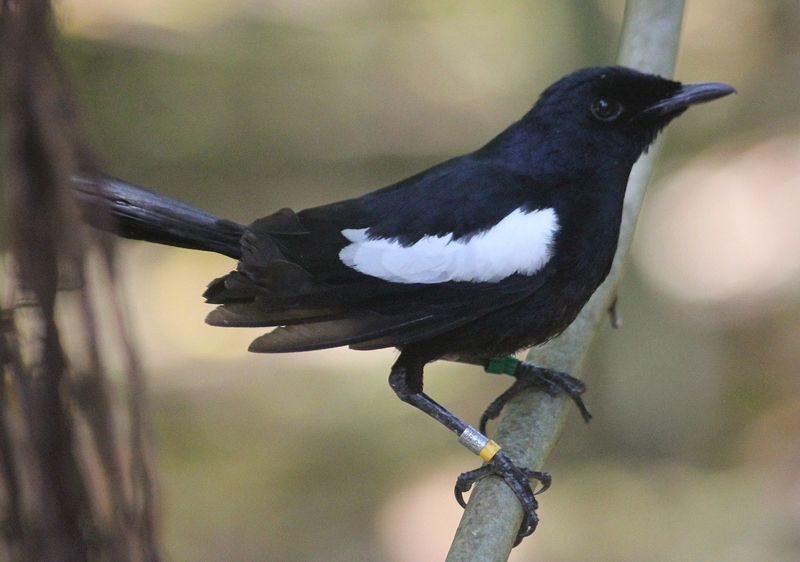
The Seychelles magpie robin, once critically endangered, has seen a remarkable recovery thanks to focused conservation efforts. Habitat protection and innovative management strategies have been key to their resurgence.
Through careful monitoring and breeding programs, their population has increased significantly. This success story highlights the importance of targeted conservation actions and the role of local communities in wildlife recovery.
The Seychelles magpie robin’s comeback serves as an inspiring example of how dedicated efforts can bring species back from the brink of extinction, offering hope for future conservation challenges.
Spix’s Macaw
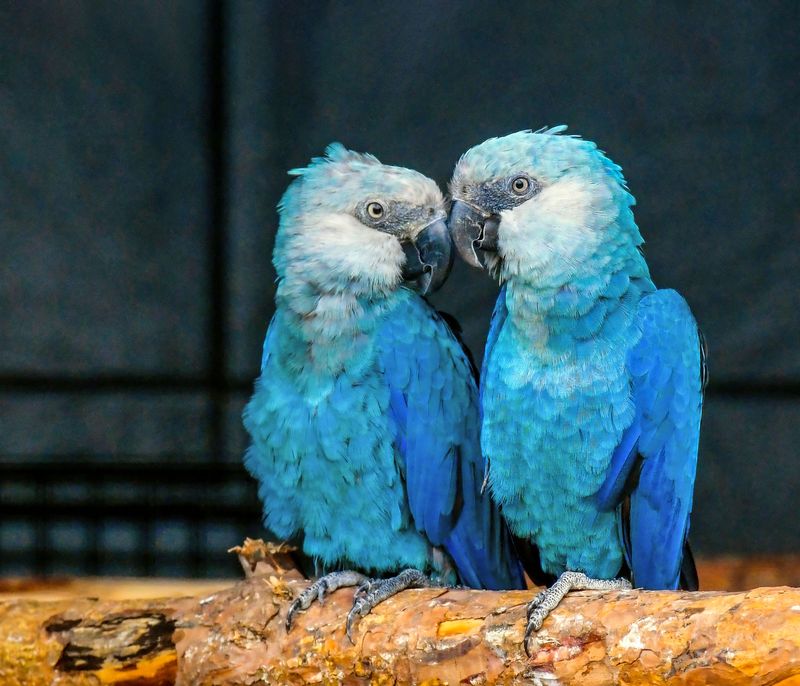
Spix’s Macaw, once declared extinct in the wild, has recently made a remarkable comeback. Known for its stunning blue plumage, this bird faced habitat loss and illegal trapping in Brazil. Conservationists have successfully reintroduced captive-bred birds back into their natural habitat.
The reintroduction efforts in the Brazilian rainforest focus on creating sustainable living conditions for the macaws. Partnerships with local communities ensure the protection of their habitat, fostering an environment where the birds can thrive.
This success story highlights the power of collaboration in conservation efforts. The Spix’s Macaw’s return to the wild is a beacon of hope for other endangered species, showcasing the impact of dedicated efforts and community involvement.

